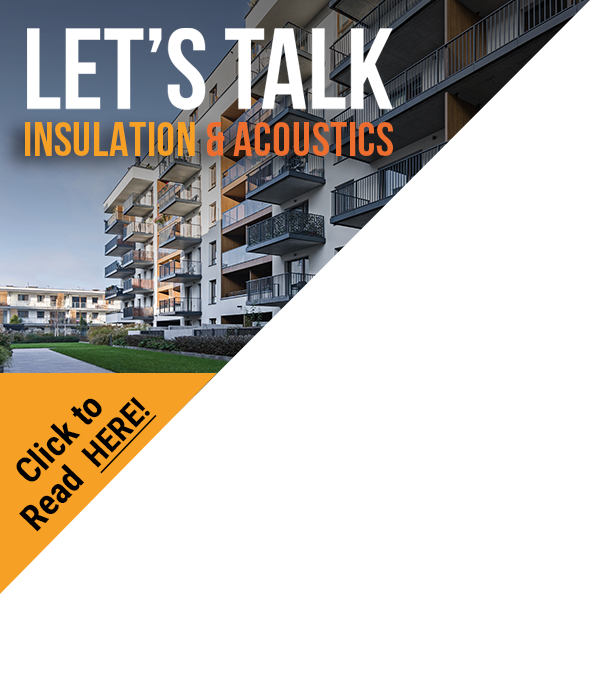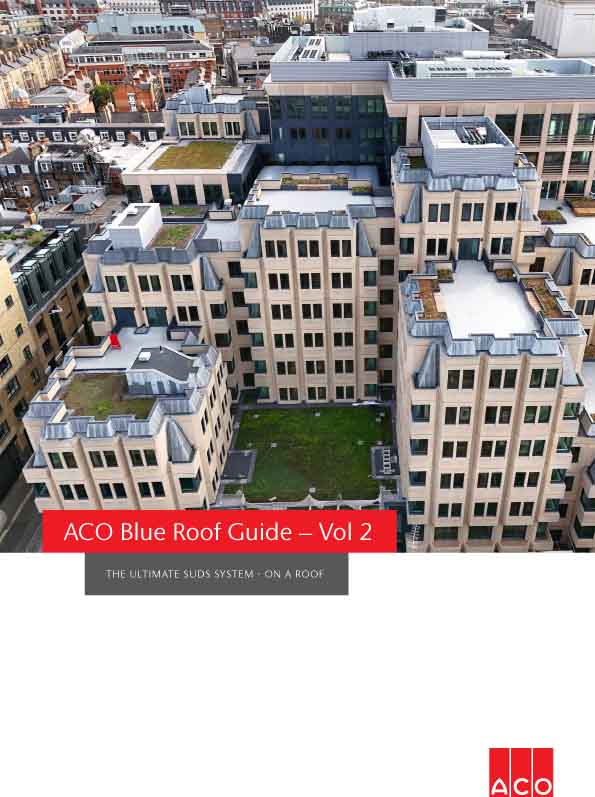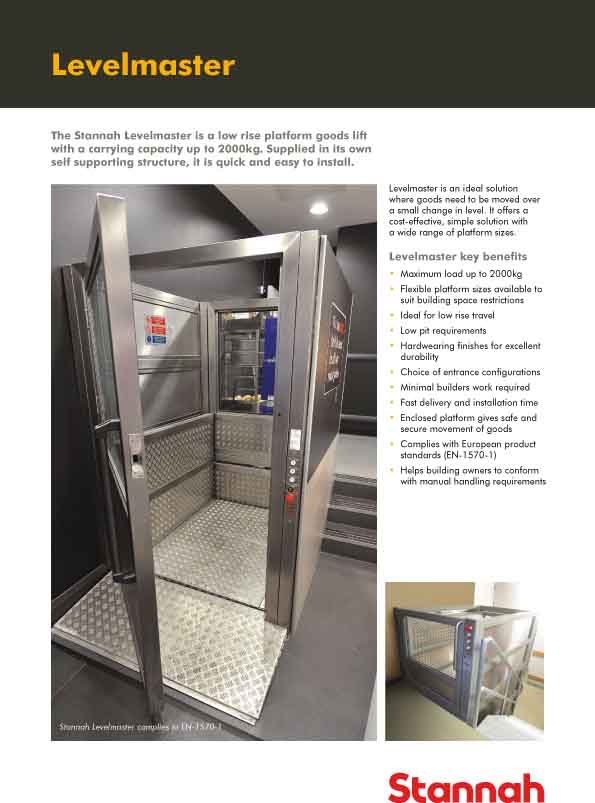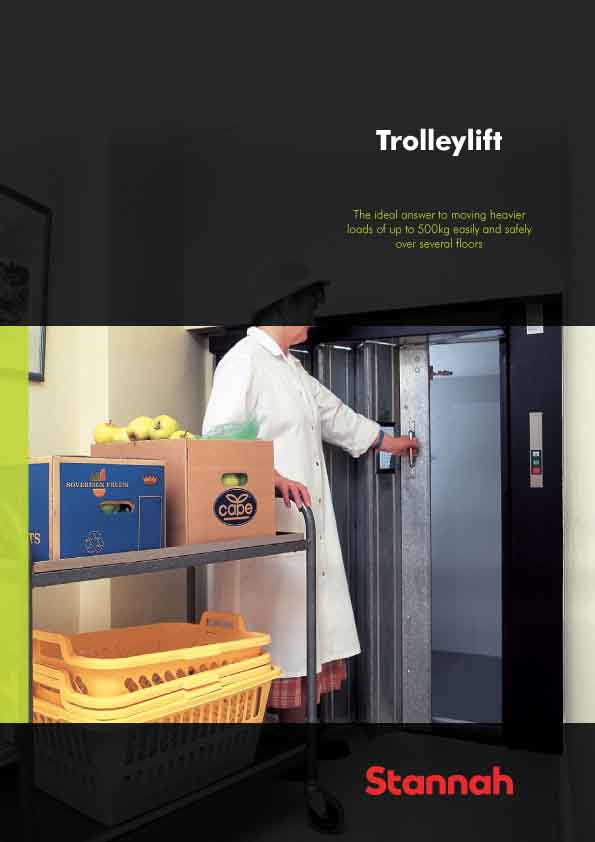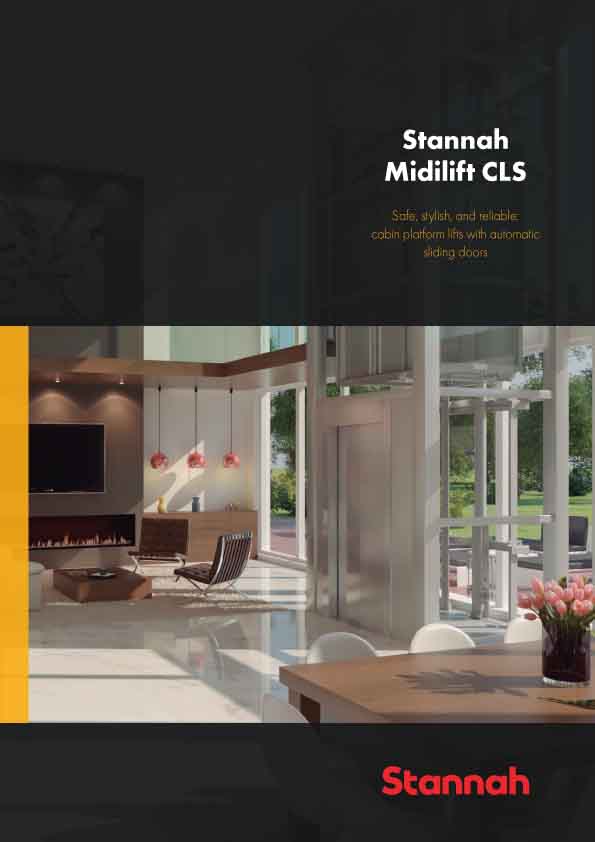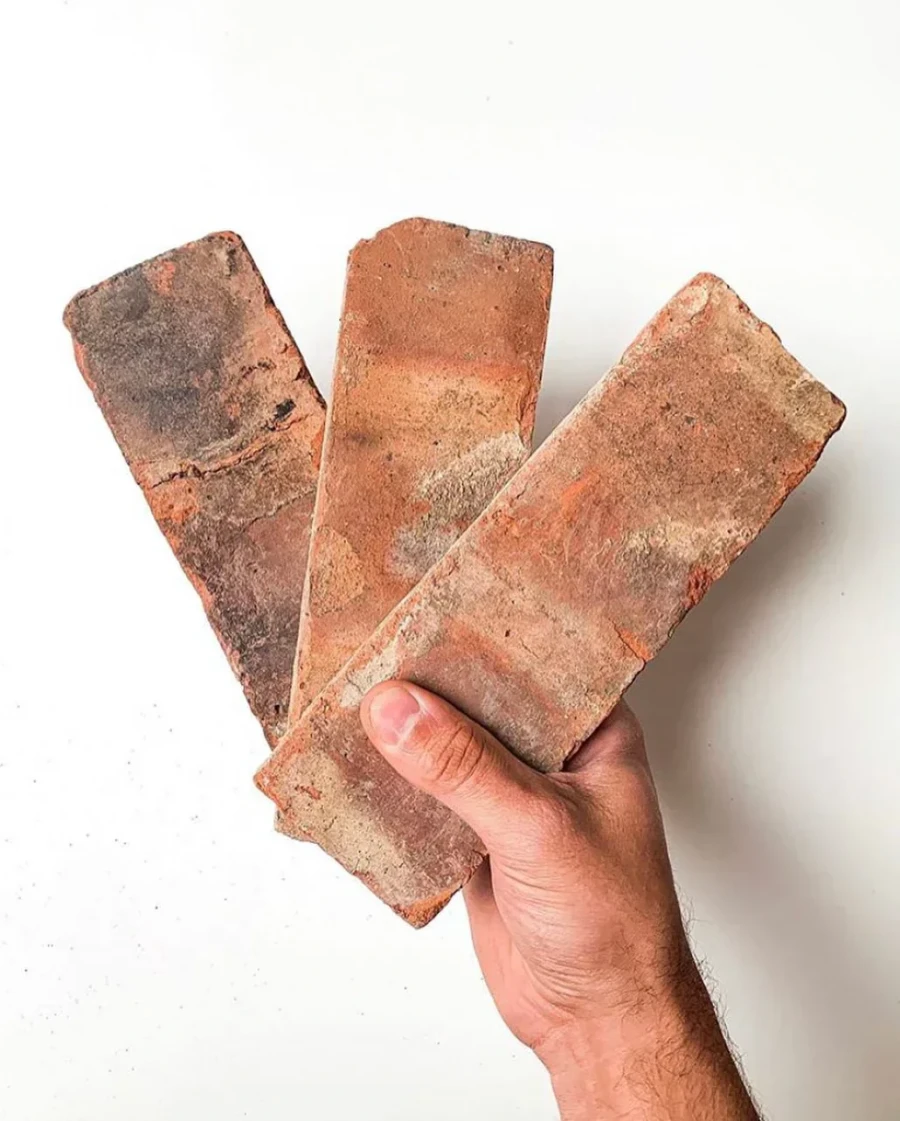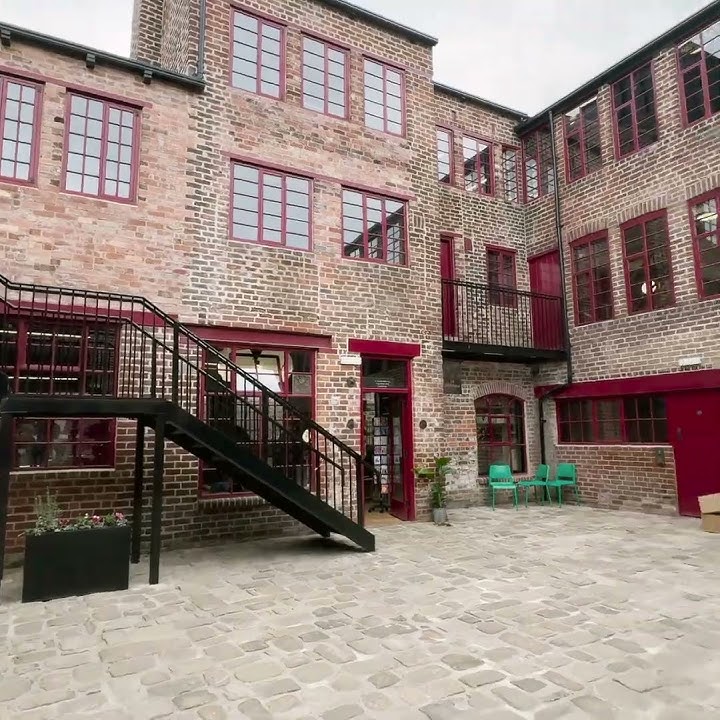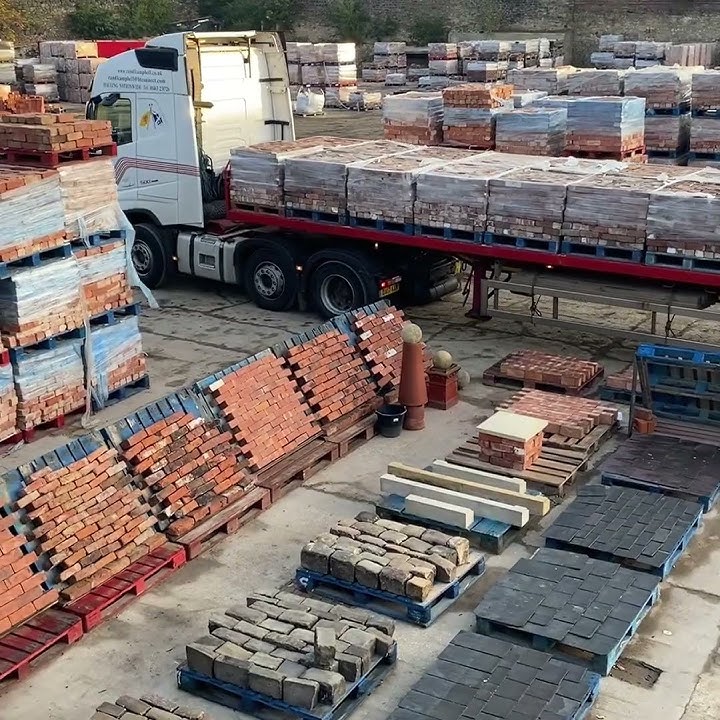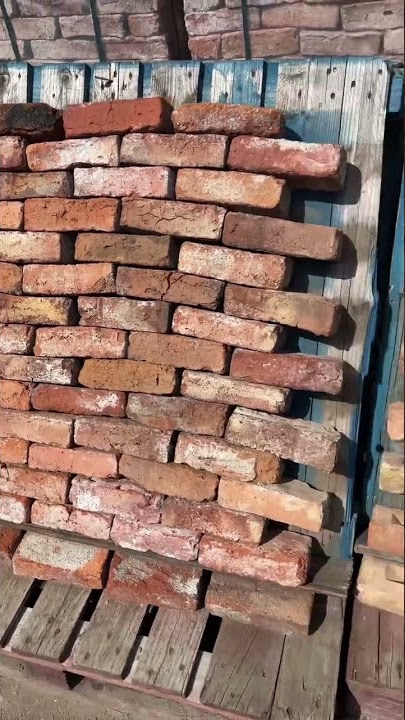The Building Engineering Services Association (BESA) has updated technical guidance designed to help building managers improve the health, well-being, and productivity of occupants.
Its revised ‘Guide to Good Practice: Indoor Air Quality for Health & Well-being’ (H&W002) now reflects tougher targets set by the World Health Organisation (WHO) which revised its own air quality advice last year. It also follows BESA’s call for the UK to “be more ambitious” with proposed national air quality standards due to come into law this year.
The revised guidance has been completed in time for National Clean Air Day 2022 on June 16 and the Association’s head of technical Graeme Fox said it was vital to raise public awareness about the specific challenge posed by Indoor Air Quality (IAQ).
“The pandemic has raised the profile of the role IAQ plays in human health and well-being, but there is still a lack of understanding about how that can be translated into practical measures like improving building ventilation and filtration,” he said.
“It is also important that the industry is following the latest scientific research on this critical life safety issue, which is why we have brought our guidance into line with the WHO’s advice.”
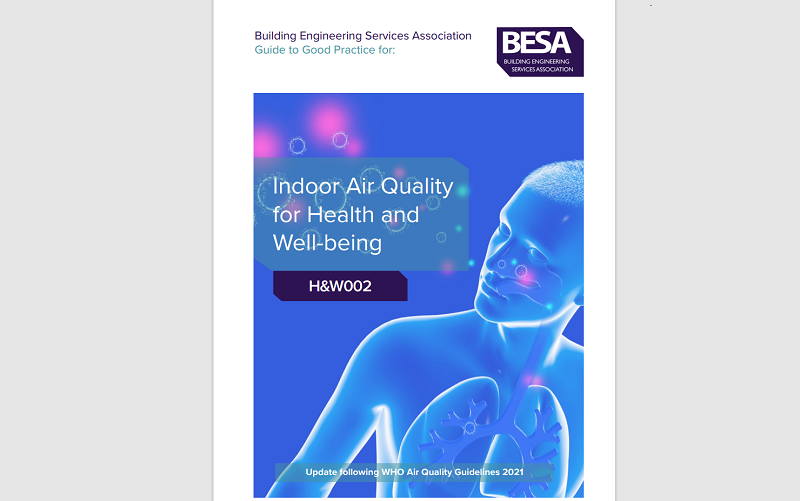
The WHO, which blamed exposure to pollution for seven million premature deaths a year worldwide, slashed its recommended maximum levels for several pollutants, including particulate matter (PM) and nitrogen dioxide (NO2) saying there was “clear evidence” that air pollution harmed human health “at even lower concentrations than previously understood”.
It advised its 194 member countries to consider air pollution to be as big a threat to human health and well-being as climate change. It said its updated guidance was the product of five years of reviews carried out by dozens of scientists, who looked at over 500 separate studies.
As a result, it adjusted almost all of its previous maximum target levels for airborne pollutants downwards. It linked long-term exposure to even relatively low concentrations of ambient and household air pollution to lung cancer, heart disease, and strokes – putting the health impact of pollution on a par with poor diet and smoking while making it a bigger killer than car crashes.
It halved the recommended limit for average annual exposure to PM2.5 from 10 micrograms per cubic metre (µg/m3) to five – and lowered the recommended limit for PM10 from 20 to 15 µg/m3.
However, a DEFRA consultation on UK national air quality targets to be implemented as part of the new Environment Act, proposed a “headline target” that is double the level recommended by the WHO and would not be achieved until 2040.
“Numerous studies have shown that PM2.5 contributes to heart attacks and strokes – and increases the risk of severe asthma attacks and lung cancer,” said Nathan Wood, chair of BESA’s Health & Well-being in Buildings Group.
“We need to go further and faster. Surely, our national targets should be aligned with the WHO’s advice. Also, setting a goal 18 years into the future condemns another whole generation of children to impaired lung function and increasingly severe asthma attacks.”
BESA’s guidance focuses on practical measures to tackle the specific challenge of reducing airborne contaminants inside buildings. It points out that, as people spend more than 90% of their time indoors, it is increasingly urgent that more time and money is spent on addressing IAQ.
As well as setting more ambitious targets for reducing general pollution, the Association believes the government should set specific targets for IAQ so that buildings can become ‘safe havens’ that protect occupants while the longer-term work of cleaning up the external environment goes on.
“Outdoor, ambient air pollution guidance levels as adopted by governments are usually based on calculations of population level mortality and morbidity, tempered by considerations of what is regarded as economically feasible. This means that there is a compromise made against ideal levels of health and well-being,” the introduction to the updated BESA guide states.
“By contrast, a health and well-being approach is founded on the belief that the productivity and enjoyment of a space is further enhanced by good IAQ. Furthermore, this guide takes the approach that building occupants rightly expect indoor conditions to be better than outdoor conditions – that buildings should provide a Safe Haven.”
It points out that the cocktail of outdoor pollution and sources of indoor contamination make IAQ a complex challenge that requires the measuring, monitoring and mitigation of a range of airborne substances including CO2, NOx, ozone, radon, along with particulate matter (PM2.5 and below).
The updated guide H&W002 is one of three pieces of free guidance produced by BESA since the start of the pandemic. It is encouraging the government to use these resources to set legally binding performance standards including safe ventilation rates and lower threshold levels for specific pollutants.
“The Environment Act could be a vehicle for setting a new standard for health and well-being inside buildings for future generations,” said Wood. “The government simply cannot afford to miss this opportunity to progress essential and readily available measures that can protect health.
“We are all extremely grateful to the BESA committee, headed by Craig Booth, for its hard work in putting together both last year’s version and this newly updated and hugely valuable guidance.”
All three guides can be downloaded for free from: www.theBESA.com/iaq
